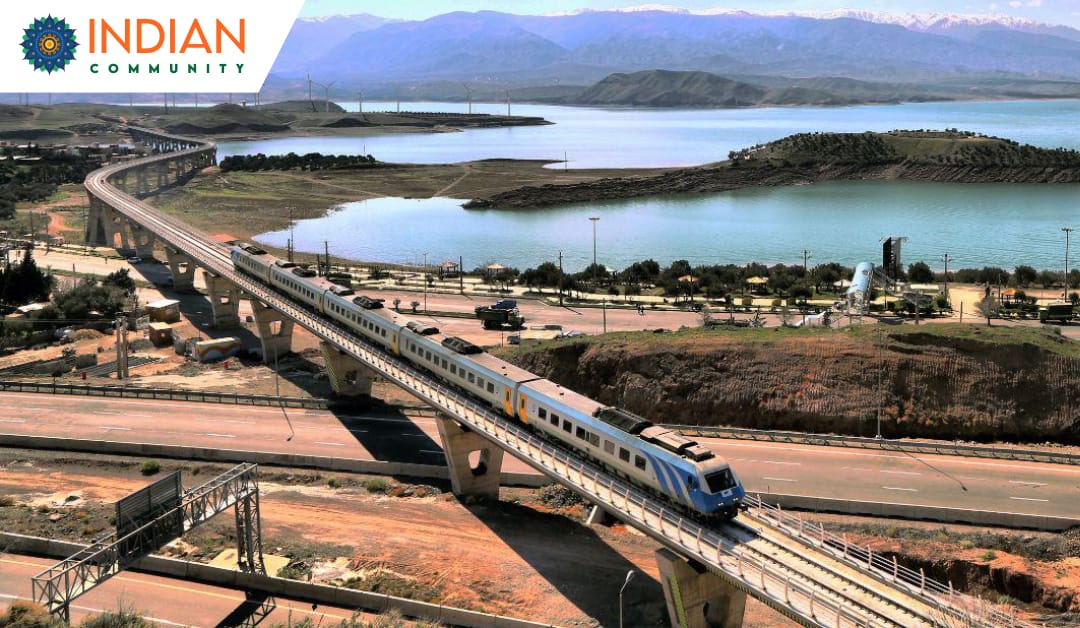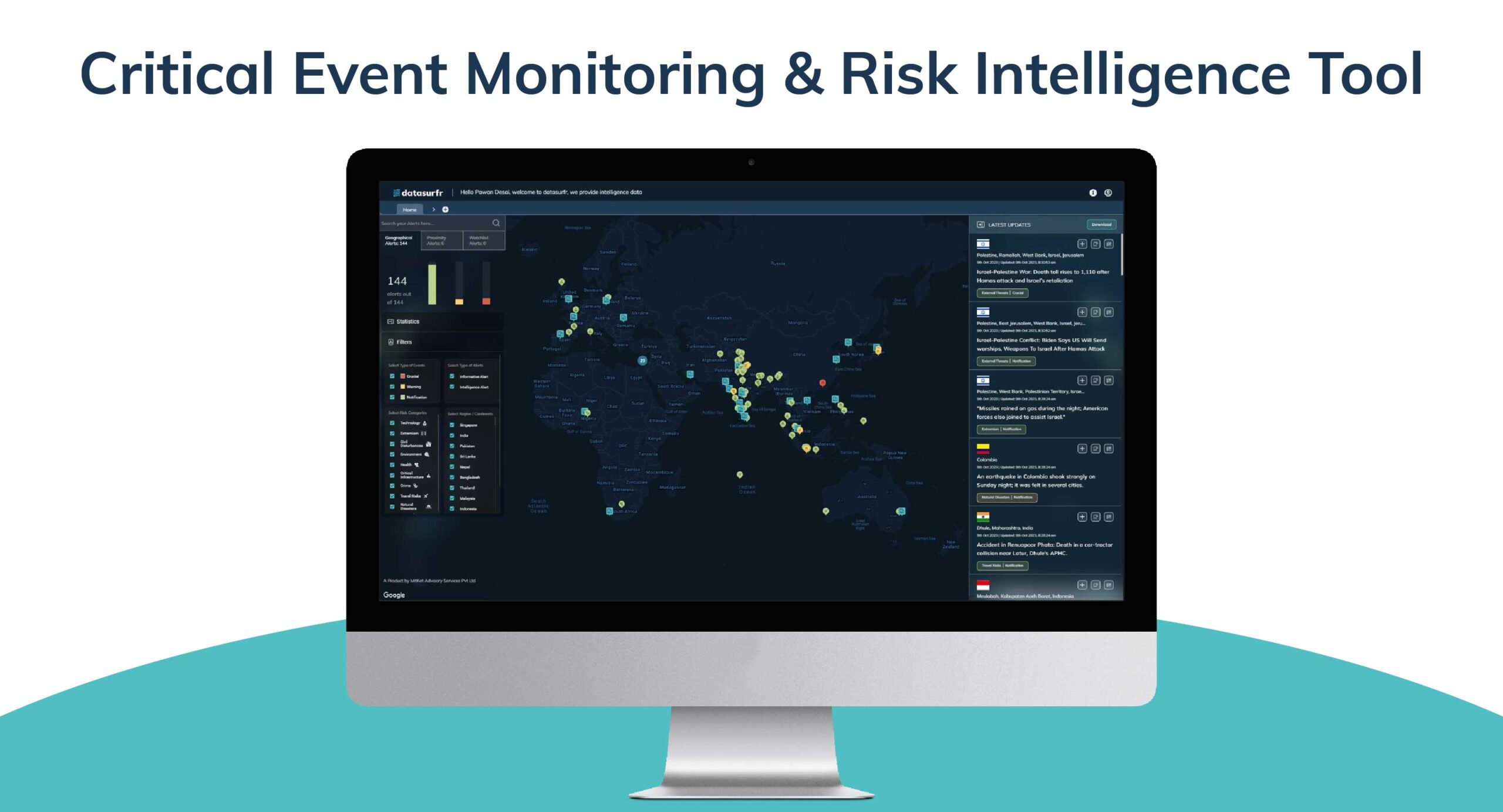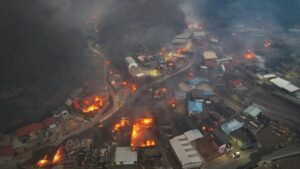Locations affected: India, Russia
What: On 27th June, two coal trains were sent from Russia to India via the International North-South Transport Corridor (INSTC) for the first time. INSTC is a 7,200 km (4,500 miles) Multi-Mode Transit System that connects ship, rail, and road routes for moving cargo between India, Iran, Azerbaijan, Russia, Central Asia, and Europe.
Background: The INSTC was launched on 12th September 2000 in St. Petersburg, by Iran, Russia and India for the purpose of promoting transportation cooperation among the Member States. India sees INSTC as an alternative means of connecting with Central Asia, which is rich in hydrocarbons and has strategic importance. Given the obstacles in the straight route through Pakistan, it creates a permanent alternate route for trade between Afghanistan and Central Asia.
So What:
- Reducing Time and Freight Cost: INSTC consists of sea routes, rail links, and road connections that connect Mumbai in India to Saint Petersburg in Russia, passing through Chabahar. It is projected to reduce transit time by 40%, shortening it from 45-60 days to 25-30 days. Additionally, it is expected to decrease freight costs by 30% in comparison to the Suez Canal route.
- Alternative to Suez Canal: INSTC is expected to be cheaper and faster alternative multimodal transit corridor to Suez Canal.
- Potential to Connect Baltic: The INSTC connects India with Central Asia, Russia, and has the potential to expand up to the Baltic, Nordic, and Arctic regions. This connectivity initiative can bring about a transformative development in the region.
- Regional Supply Chains Across Eurasia: It is likely to create a diverse supply chain across Eurasia which is expected to benefit sectors like energy, pharmaceuticals, IT, health, agriculture, textile and gems.
Outlook:
The INSTC holds significant potential for stakeholders, but unlocking its benefits demands increased financing, cooperation, political will, and strategic planning. Major challenges include funding shortfalls, limited private sector involvement due to security threats and political instability, and the need for tariff and customs harmonization. Enhancing informational connectivity and generating demand are crucial to boost trade volumes, particularly as current exports from South Asia and Southeast Asia to Europe via the Suez Canal route are inadequate. Addressing these issues is essential for the successful implementation of the INSTC project







